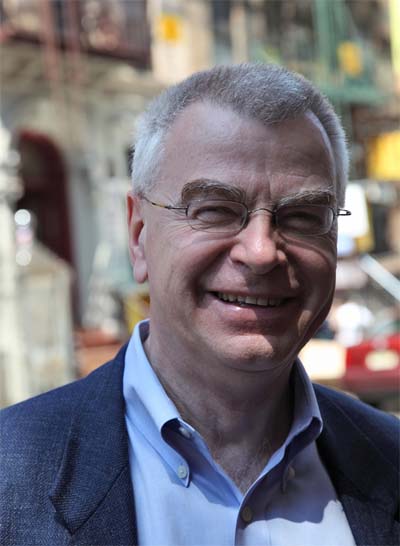HippoFronThal is a research program funded by the European Union’s Horizon 2020 research and innovation programme under the Marie Skłodowska Curie grant agreement No 892957.
In the heart of HippoFronThal lies the dorsal midline thalamus (DMT), a group of non-sensory nuclei implicated in affective and motivated behavior, general arousal, sleep-wake regulation, stress related behavior and addiction. The DMT receives inputs from the hippocampus and prefrontal cortex two regions also involved in affective and motivated behavior. The project aims to investigate how neuronal activity in the DMT is organized in various brain states, particularly in relation to hippocampal and prefrontal cortical activity.
Scientific Background
Who are the key players in HippoFronThal?
The DMT receives a vast number of subcortical afferents and projects to multiple areas of the limbic system such as the amygdala and the nucleus accumbens among many others. Apart from the subcortical inputs, the DMT receives high-level inputs through the ventral subiculum and from the medial prefrontal cortex.
Calretinin (CR) is a useful marker of DMT neurons
Calretinin (CR), a calcium-binding protein, is selectively expressed within the DMT (which includes the paraventricular, centromedial, centrolateral, and paracentral thalamic nuclei), but not in the neighbouring medio-dorsal (MD) thalamus. CR neurons in the DMT (DMT-CR) increase their cFos expression after foot shock.
Scientific Approach
Labelling DMT-CR neurons to study their in vivo activity
We use optogenetics to identify DMT-CR neurons in vivo. We inject an AAV virus encoding the gene of the light sensitive cation channel Channelrhodopsin-2 into the DMT of mice containing the Cre-recombinase enzyme in their CR neurons. Therefore, neurons that contains CR and infected by the viruses will express Channelrhodopsin-2. The activity of channelrhodopsin-expressing neurons can be increased experimentally by delivering brief light pulses through an optic cannula. Neurons that do not express Channelrhodopsin-2 are not sensitive to light therefore their activity remains unaffected. We use this technique to identify DMT neurons that express CR.
Recording the activity of DMT neurons: In vivo large-scale electrophysiology
Unlike the neocortex or the hippocampus, the thalamus of rodents has a relatively simple inner structure. It is generally not layered, and it consists of a limited types of neurons with no synaptic connection between them. Since Llinas and Jansen’s seminal study in 1984, thalamic neurons have been considered to form a homogenous population in terms of their electrical activity. Recent studies, however, revealed substantial molecular and morphological heterogeneity among thalamic and midline thalamic cells indicating that their physiological properties might also be more variable than previously thought. With cutting edge high-density silicon probes, we investigate the diversity of DMT activity at the single neuron level. To record the activity of single DMT neurons, we implant silicon probes to sample activity from a large area of the DMT. We also implant electrodes into the medial prefrontal cortex and into the ventral subiculum to record population activity.
DMT activity during sleep and wakefulness
We record from tens to hundreds of midline thalamic neurons simultaneously during various brain states. We define sleep-wake states through polysomnographic recordings using the electrodes placed in the medial prefrontal cortex and the ventral subiculum.
We use behavioral assays to study affective and motivated behavior
We expose mice to various contexts which afford distinct set of innate behaviors.
Tracing anatomical connections between the three regions
We use viral tracing methods and histological techniques to identify the anatomical substrates of our physiological finings.


